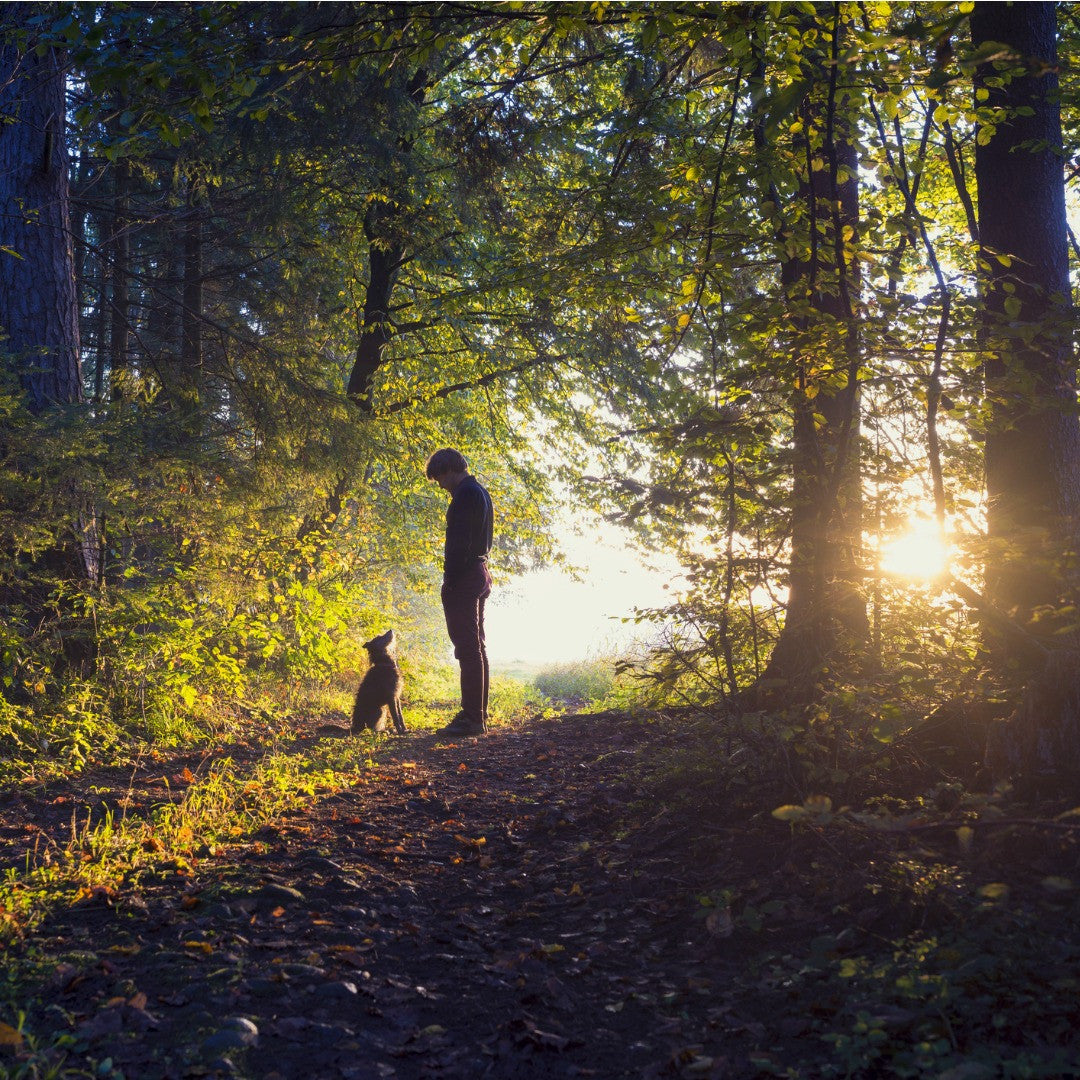
What Should I Do Right After My Pet Passes?
Losing your beloved pet is difficult in any situation. If your pet passes away or is put to sleep at the veterinarian's office, they can help handle the remains for you. If your pet passes away suddenly at home, you will need to take certain steps and make a few decisions right away.
- Call for Help
This is a difficult time, and it's probably best if you don't have to be alone (though some people may prefer that). If possible, call a close friend or family member that can help you deal in a practical way with your pet's remains and offer emotional support. If you do not think you will physically and/or emotionally be able to handle your pet's body, choose someone than likely can.
- Contact Your Veterinarian
If it is during normal business hours, your veterinary office can help talk you through the steps. Alternatively, if it is during the middle of the night or a holiday, you can try to contact a 24 hour emergency office (if one exists nearby). They may also have a way of getting you in touch with someone who can pick up your pet's body (like a pet crematory or mobile vet service).
In most cases, your veterinary office will be able to store your pet's body for a few days while you make a decision about arrangements.
3. Proper Handling of the Body
You (or your friend/relative) may need to handle your pet's body. If you plan to cremate or bury your pet, but cannot do it right away, then the body must be stored properly. If you wish to have your pet cremated or have the burial handled by a company that cannot take your pet's remains right away, you will also need to properly store the remains. This is likely to be the case if your pet dies in the middle of the night or over a holiday. The most important thing to understand is that the remains of the deceased pet must be handled as soon as possible.
The fact is that an animal's body begins to decompose immediately after death and will soon begin to give off an odor. The hotter the temperature, the faster the rate of decomposition. Be aware that rigor mortis, the stiffening of the joints, typically begins within 10 minutes to three hours after death and can last as long as 72 hours. Again, temperature will affect this process. Ideally, the remains will be properly handled before the onset of rigor mortis. If you need to handle and prepare the remains yourself, here is how to proceed:
- Wear latex gloves while handling the body. Upon death, bodily fluids are often released. You may wish to clean the areas around your dog's mouth, genitals, and anus if you notice fluid and/or waste. Note that additional bodily fluids and/or waste might be released when the body is moved.
- Obtain a blanket, towel or bed sheet that is large enough to wrap around the body. Also get a heavy duty plastic trash bag (double them up if the body is very large or if the bags are thin).
- Arrange the body on the blanket, towel or sheet. Place the body on its side in a curled-up position, as if sleeping. This will not only offer a sense of peace, it will also make it easier to handle the body.
- Tightly wrap the body in the blanket, towel or sheet. Slide the body into the plastic bag(s). In the case of a larger dog, this will be a two-person job.
- If possible, tie the bag into a secure knot (or, tape it closed if need be). You may wish to double up on bags. If the remains will be going elsewhere, be sure to attach a label or tag with your name and your dog's name.
- Remains should be kept in a freezer or refrigerator until burial, cremation or other arrangement takes place. If you are unable to store the remains in this manner and cannot get the body to your veterinary office or a local pet aftercare company, a garage or basement may need to suffice. This should be for no longer than 4-6 hours as the odor may become strong. Use of additional plastic bags is recommended if freezer or refrigerator storage is not possible. Be sure to remove the body from non-biodegradable materials (like plastic) before cremation or burial.
4. Arrange Cremation or Burial
After you've properly handled the body of your beloved pet, now you need to determine the next step with either a cremation or burial. With a quick internet search, you can typically find multiple options in your area. You can also call your veterinarian or friends and family to see who they've used in the past. There are some services that will pick up your pet and others where you have to bring your pet to them.
5. Order an Urn or Other Memorial
If you choose to cremate your pet and receive the ashes back, many people find it important to do something with them to honor a pet. This can include keeping the ashes in a simple traditional urn in the home to planting a tree with the pet ashes or having the ashes infused into a stunning glass pet cremation keepsake or check out cremation jewelry options. With the rise in cremation, there are many more options available today then just a few years ago with many more alternatives coming soon!


